
1000 yr-old inscription discovered at a mosque outside Hebron calls Dome of the Rock “Bait al-Maqdess,” an Arabicized version of “Beit Hamikdash,” the Hebrew name for the Temple, proving Jewish ties to the Temple Mount
• Archaeologist: There’s plenty of evidence proving early Islam was influenced by Judaism.
By Yori Yalon
A 1,000-year-old early Muslim inscription provides yet more crucial proof of Jewish ties to the Temple Mount and Jerusalem.
At a conference on Thursday, archaeologists Assaf Avraham and Perez Reuven presented an ancient Muslim inscription that refers to the Dome of the Rock on the Temple Mount as “Bait al-Maqdess,” an Arabicized version of the Hebrew words for the Temple, Beit Hamikdash. Continue Reading »



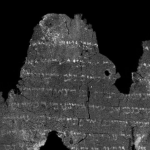

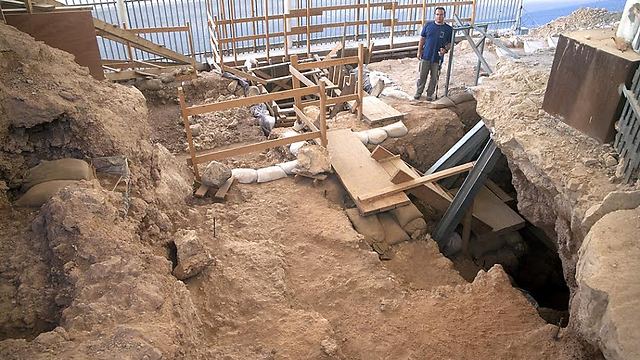
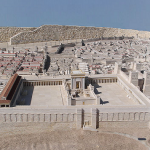

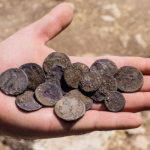

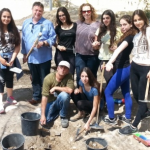

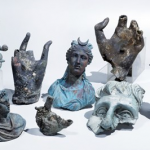

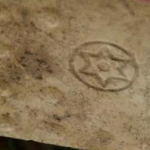
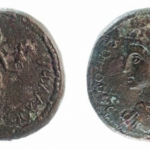

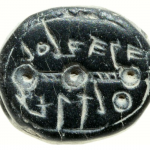




 Israeli New Shekel Exchange Rate
Israeli New Shekel Exchange Rate